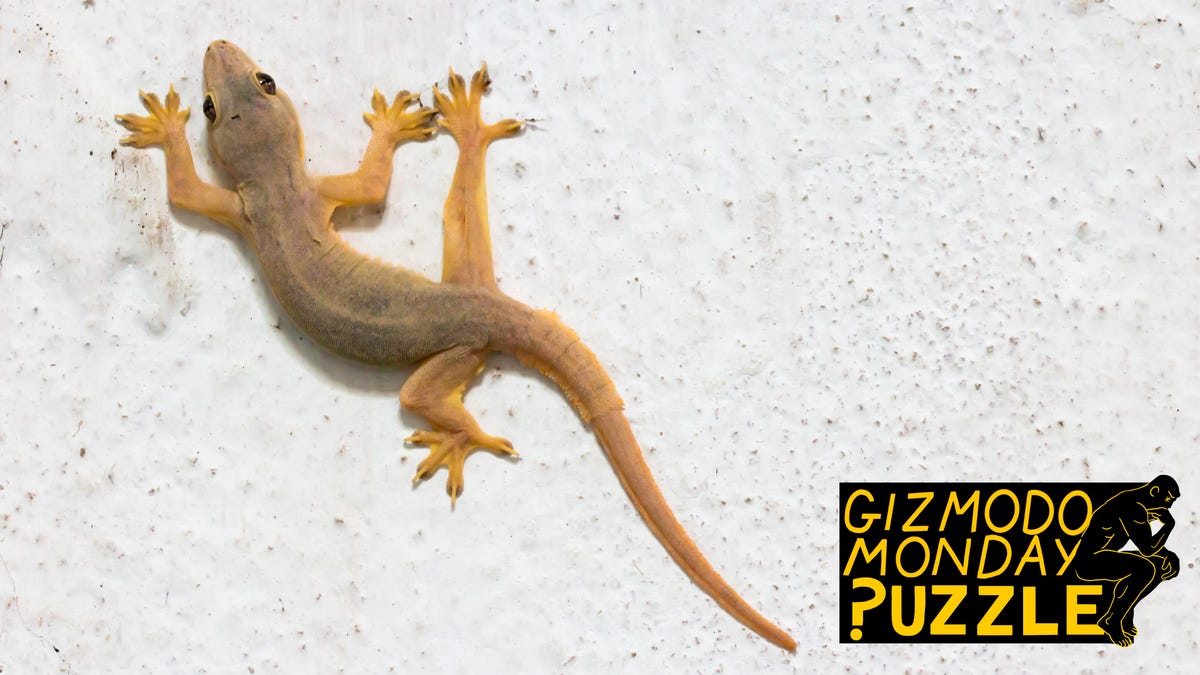
We were all taught that the shortest distance between two points is a straight line, but does this maxim hold up under deeper reflection? It actually depends on what geometry you use! Consider the shortest route for flying from L.A. to Dubai. Looking at a rectangular map, you might think that flying east across the Atlantic and Northern Africa makes sense, or maybe flying west across the Pacific and Asia is faster? Both wrong. Planes leaving L.A. for Dubai fly north. The shortest route connecting these cities traces an arc over the North Pole. Skeptics (flat-Earthers aside) should check it out for themselves with a globe or Google Earth.
Geometry on the surface of a sphere works differently from flat surfaces. If we rigidly restricted ourselves to traditional geometry, the straight-line path between L.A. and Dubai would direct us through the Earth’s core—not very useful. In this week’s puzzle, you’ll test your geometric intuitions by charting a course on the surface of a cube.
Advertisement
Did you miss last week’s puzzle? Check it out here, and find its solution at the bottom of today’s article. Be careful not to read too far ahead if you haven’t solved last week’s yet!
Puzzle #7: Gecko Trek
A gecko is perched on a ceiling corner of a cubic room that measures 10 feet by 10 feet by 10 feet. What is the shortest distance it must travel to reach the diagonally opposite corner of the room? Note that a fly would travel in a straight line along the longest diagonal of the cube, but geckos can only crawl on walls, ceilings, and floors.
Advertisement
Advertisement
I issue a courtesy warning that a dab of geometry crops up in the solution. Don’t let it deter you from discovering the ingenious method. If you remember the Pythagorean theorem, then you know all you’ll need.
I will post the solution next Monday along with a new puzzle. Do you know a great puzzle that I should cover here? Send it to me at gizmodopuzzle@gmail.com
Advertisement
Solution to Puzzle #6: Know Your Numbers
Last week, we asked you to read minds from a seemingly uninformative conversation.
Advertisement
Alicia and Bruno are each given a different natural number in secret (1 is the smallest natural number, 2 is the second smallest, and so on). They are then tasked with guessing which of them has the larger number. The following conversation ensues:
Alicia: I don’t know who has the bigger number.
Bruno: I don’t know either.
Alicia: Upon further reflection, I remain ignorant.
Bruno: Alas, I’m still unsure too.
Alicia: Now that you say that, I actually know which of us has the bigger number!
Bruno: Cool! In that case, I know what both of the numbers are.
Advertisement
What numbers were Alicia and Bruno given?
Did you work out that Alicia had 4 and Bruno had 5? What can both parties infer as each line of the conversation unfolds? When Alicia opens with, “I don’t know who has the bigger number,” Bruno now knows that Alicia cannot have 1, because if Alicia had 1, then she would know that Bruno has the bigger number! Remember, they’re given different numbers, and 1 is the smallest they could have received.
Advertisement
Bruno says, “I don’t know either.” What does Alicia learn? Bruno doesn’t have 1 for the same reason as above. He also can’t have 2! If Bruno had 2, knowing that Alicia doesn’t have 1 would be enough for him to announce that Alicia must have the larger number. This reasoning continues.
Alicia: “Upon further reflection, I remain ignorant.” So learning that Bruno doesn’t have 1 or 2 still doesn’t suffice for Alicia to determine who has the larger number. If Alicia had 2 or 3, she would know that Bruno had the larger number. So in addition to not having 1, Alicia must not have 2 or 3 either. In turn, Bruno’s subsequent admission of uncertainty “Alas, I’m still unsure too” confirms that he doesn’t have 3 or 4.
Advertisement
Upon learning that Bruno does not have 3 or 4, Alicia suddenly knows who has the larger number. Knowing that Alicia doesn’t have 1, 2, or 3, we conclude that she either has 4 or 5 – if she had 4, then learning Bruno’s number is larger than 3 would suffice for her realization, and if she had 5, then learning Bruno’s number is larger than 4 would suffice, but if she had 6 or larger, she still wouldn’t have enough information (because Bruno could have 5).
Bruno: “Cool! In that case, I know what both of the numbers are.” We know Bruno’s number is larger than 4. If Bruno had 6 or above, how could he figure out whether Alicia has 4 or 5? He couldn’t. So Bruno must have 5, leaving Alicia with 4.
Services Marketplace – Listings, Bookings & Reviews